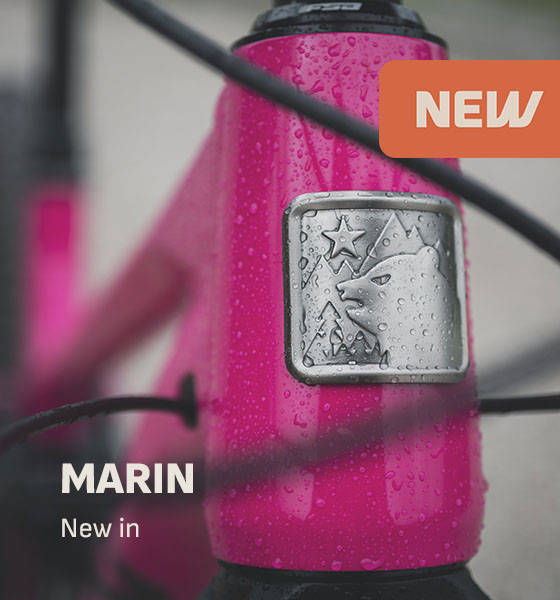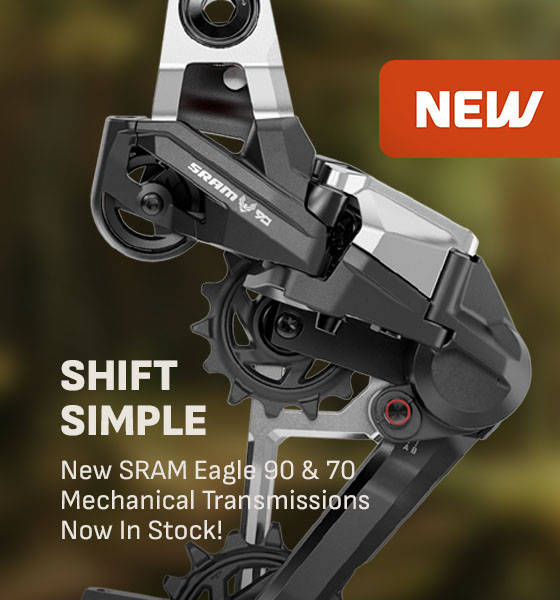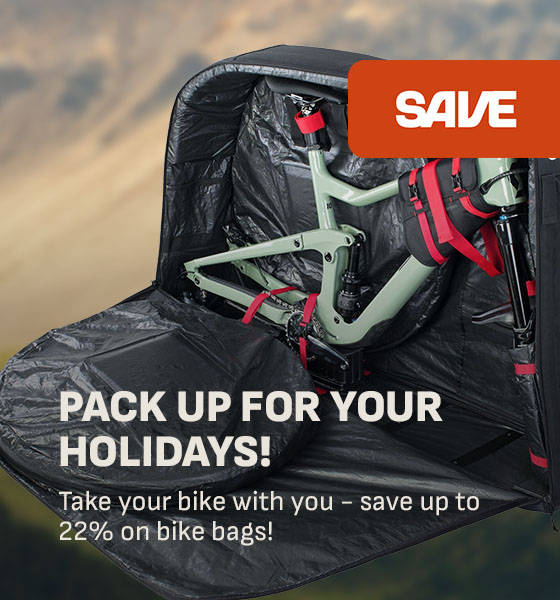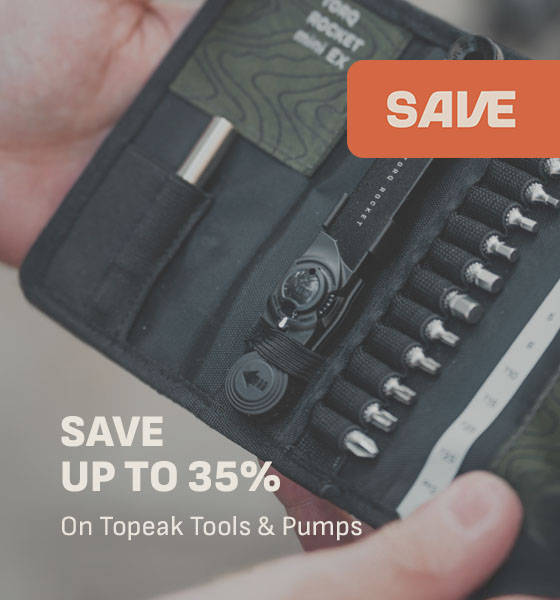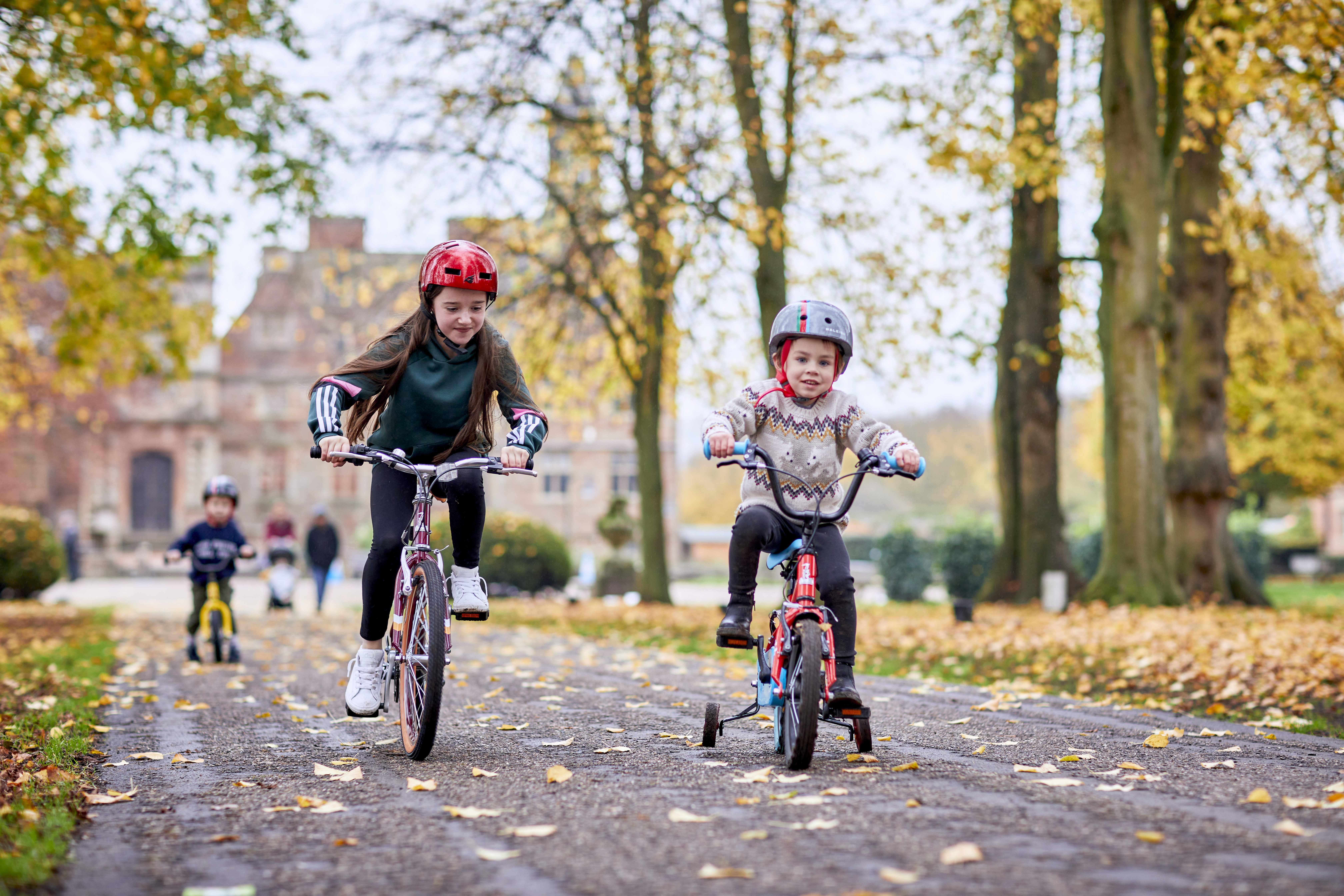
Choosing the perfect bike for your little rider isn’t just about size—it’s about unlocking a world of adventure! A bike that is too big can be difficult to control, while one that’s too small might make them feel like a circus act on a tiny tricycle! The key to a smooth and safe ride? Finding that just-right fit!
The secret formula? Age + inseam + height = the ultimate two-wheeled experience. With this Kids Bike Size Guide in hand, you’ll be a bike-buying pro, setting your child up for endless fun, safe explorations, and confidence-boosting rides. Let’s roll into the details!
Understanding Kids' Bike Sizes
Unlike adult bikes, which are sized based on frame measurements, children’s bikes are usually categorized by wheel size. The available wheel sizes typically range from 12 inches to 26 or 27.5 inches, with each size suitable for a different age group and height range.

1. 12-Inch Wheel Bikes (Ages 2-4)
-
Approximate Inseam: 30-40 cm (12-15.5 inches)
-
Approximate Height: 85-100 cm (2’9”-3’3”)
-
Best For: Toddlers who are just beginning to ride.
-
Features: These will either be balance bikes that kids can scoot about on without pedals or single speed bikes with pedals. Many pedalable 12-inch bikes come with stabilisers or training wheels to help with balance and stability.
2. 14-Inch Wheel Bikes (Ages 3-5)
-
Approximate Inseam: 35-45 cm (14-17.5 inches)
-
Approximate Height: 90-105 cm (2’11”-3’5”)
-
Best For: Kids transitioning from balance bikes to pedal bikes.
-
Features: Some models still include stabilisers or training wheels, though many children can start learning without them at this stage.
3. 16-Inch Wheel Bikes (Ages 4-6)
-
Approximate Inseam: 40-50 cm (16-19.5 inches)
-
Approximate Height: 95-110 cm (3’2”-3’7”)
-
Best For: Children gaining confidence in pedaling and balancing.
-
Features: Stabilisers or training wheels may still be an option, but many children at this stage are ready for a two-wheeler without additional support.
4. 18-Inch Wheel Bikes (Ages 6-7)
-
Approximate Inseam: 45-55 cm (18-21.5 inches)
-
Approximate Height: 110-125 cm (3’7”-4’1”)
-
Best For: Kids who have mastered the basics and need a slightly larger frame
-
Features: Most 18-inch bikes do not come with training wheels, as they are designed for more independent riders.
5. 20-Inch Wheel Bikes (Ages 7-9)
-
Approximate Inseam: 50-60 cm (20-23.5 inches)
-
Approximate Height: 120-130 cm (3’11”-4’3”)
-
Best For: More experienced young riders ready for gears.
-
Features: Many 20-inch bikes come with multiple gears to introduce children to more advanced riding skills.
6. 24-Inch Wheel Bikes (Ages 8-10)
-
Approximate Inseam: 55-70 cm (21.5-27.5 inches)
-
Approximate Height: 130-145 cm (4’3”-4’9”)
-
Best For: Older children ready for more complex riding conditions.
-
Features: These bikes often resemble small adult bikes, featuring multiple gears, disc brakes in some cases, and a sturdier build.
7. 26/27.5-Inch Wheel Bikes (Ages 10+)
-
Approximate Inseam: 60-80 cm (23.5-31.5 inches)
-
Approximate Height: 140-155 cm (4’7”-5’1”)
-
Best For: Pre-teens and teens who need a larger bike for advanced riding.
-
Features: These bikes closely resemble adult models (or are even just adult bikes in extra small sizes!) and are suitable for older kids transitioning into full-sized bicycles.
How to Measure Your Child for a Bike
1. Measure Their Inseam
The inseam measurement is the most accurate way to determine the right bike size. To measure:
-
Have your child stand barefoot with their feet slightly apart.
-
Use a measuring tape to measure the distance from the floor to the crotch.
-
Compare this measurement to the inseam ranges in the size guide.
-
QUICK HACK! You’ll notice that the lower end of the inseam range for 12-20 inch kids bikes is the same as the wheel size! Match their inside leg to the closest wheel size and they’ll have plenty of room to grow before they’re too big for their bike!
-
For example, if they have a 14 inch inseam, a 14 inch wheel bike will fit them great now and give them room to grow into it!
2. Consider Their Height
While inseam is the most crucial factor, checking your child’s overall height can serve as a secondary confirmation.
3. Ensure a Proper Fit
-
When seated on the bike, your child’s feet should touch the ground lightly while seated.
-
For balance bikes, ensure the seat height is slightly lower than the inseam for easy pushing.
-
For pedal bikes, the seat should be high enough to allow a slight bend in the knee when pedaling.
Additional Tips for Buying a Kids' Bike
-
Choose a Lightweight Bike – Heavier bikes are harder for kids to handle. Opt for aluminum or lightweight steel frames.
-
Adjustability is Key – Look for bikes with adjustable seats and handlebars to accommodate growth spurts.
-
Test Ride Before Buying – If possible, have your child try the bike in-store to ensure comfort and ease of handling.
-
Prioritize Safety Gear – Always pair a bike purchase with a well-fitted helmet, knee pads, and elbow pads.
Final Thoughts
Picking the perfect bike for your kiddo isn’t just about wheels and pedals—it’s about unlocking epic adventures! With the Kids Bike Size Guide as your trusty map and key factors like inseam, height, and bike features in mind, you’ll find a ride that’s just right.
The right fit means smoother learning, more confident cruising, and a whole lot more fun. Plus, it might just spark a lifelong love for cycling—who knows, you could be raising the next Tour de France champion!
What Next?
Ready to find the perfect bike for your child? Check out these brilliant bicycles for each size category:
- 12-inch Bikes: Raleigh Pop
- 14-inch Bikes: Frog 40
- 16-inch Bikes: DMR Sidekick
- 18-inch Bikes: Frog 47
- 20-inch Bikes: GT Stomper 20
- 24-inch Bikes: Cannondale Trail Plus
- 26-inch Bikes: GT Stomper Ace 26

